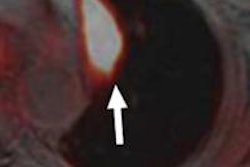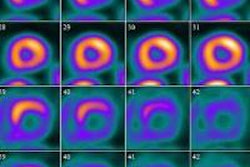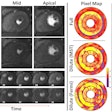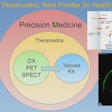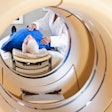FDG-PET imaging could act as a marker for a potentially reversible phase of degenerative cervical myelopathy, according to research published in the September issue of the Journal of Nuclear Medicine.
In the study from Germany, patients who exhibited hypermetabolism at the point of compression in their spine experienced improved outcomes after undergoing decompressive surgery (JNM, Vol. 54:9, pp. 1577-1583).
Co-author Dr. Norbert Galldiks and colleagues evaluated preoperative MRI and FDG-PET, as well as postoperative follow-up imaging 12 months after decompressive surgery.
Prior to surgery, approximately half of the 20 patients had increased FDG uptake at the site of spinal cord compression and were classified as myelopathy type 1, while the other half had inconspicuous FDG uptake and were classified as myelopathy type 2.
After surgery, subjects with myelopathy type 1 had a notable decrease in FDG uptake, while myelopathy type 2 patients had only a moderate decline in uptake.
The overall outcome in myelopathy type 1 patients was favorable, and the patients showed significant improvement in their functional status assessment. In contrast, there was no significant clinical change in patients with inconspicuous FDG uptake.






